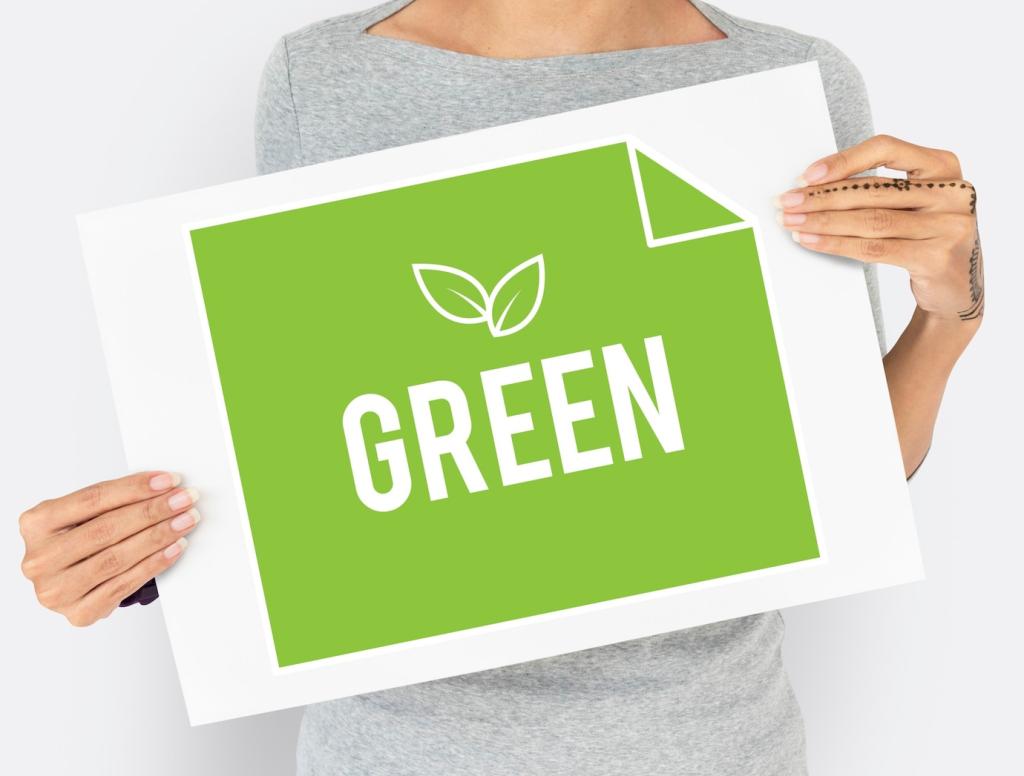
Theme: Creating Persuasive Eco-Friendly Product Pages
Welcome! Today we dive into Creating Persuasive Eco-Friendly Product Pages—how to turn sustainability claims into clear value that inspires action. Expect practical tactics, honest storytelling, and ethical persuasion patterns you can ship this week. If this resonates, subscribe for more eco-centered UX and copy insights.
Know Your Eco-Conscious Buyer
List the top reasons shoppers choose eco options, then mirror each with a concise, benefit-led element: headline for health, bullets for savings, comparison table for planet impact, and testimonials for social proof. Tie each benefit to a credible detail, not vague promises.
Instead of logo walls, explain what each certification covers and why it matters. Clarify scope, such as materials versus manufacturing. Link to verifier pages and offer plain-language summaries so readers understand exactly how your product meets the criteria.
Radical Transparency That Builds Trust
Copy That Converts Sustainably
Translate features into meaningful outcomes: instead of “recycled aluminum,” say “lighter footprint with durable recycled aluminum that resists dents and lasts longer.” Connect eco attributes to real-life performance, maintenance ease, and ownership pride.
Replace soft edges like “better for the planet” with specific claims you can substantiate. Use measurable comparisons, named standards, and links to summaries. Readers reward clarity with trust—and trust with purchases.
Use microcopy near CTAs to handle tiny hesitations. Add tooltips explaining materials, icons clarifying certifications, and a sentence on repair options. Gentle prompts work best when they respect choice and emphasize empowerment, not urgency.



Social Proof with Substance
Ask reviewers to rate durability after months, ease of repair, and whether care instructions helped reduce waste. Use structured fields so insights are comparable. Display highlights near the CTA to reinforce confidence at the deciding moment.
Social Proof with Substance
One outdoor brand highlighted a customer who repaired a torn jacket using the included patch. The story, paired with a repair tutorial, became the most-clicked element on their page and helped frame sustainability as pride, not sacrifice.
Ethical Persuasion and Claims Compliance
Guardrails You Can Live By
Use a pre-publish checklist: define each claim, attach a source, add a date, and explain scope. Reassess claims regularly and archive outdated ones. A simple governance ritual prevents drift toward exaggeration and protects long-term credibility.
Avoiding Risky Language
Steer clear of absolutes like “zero impact” or “planet-friendly, full stop.” Qualify claims with context, mention conditions where required, and explain methodologies. Readers prefer candor over perfection; regulators do too.
A/B Tests That Respect Truth
Test clarity, not hyperbole. Experiment with ordering of facts, comparison table formats, or CTA phrasing that emphasizes empowerment. Monitor not just conversion but post-purchase satisfaction to ensure persuasion aligns with authentic customer outcomes.

Follow every order with an email that teaches care routines to extend lifespan, with short videos embedded. Offer a printable care card and a calendar reminder option. Fewer replacements mean happier customers and less waste.

Make take-back and refill paths obvious on the product page and in packaging. Provide prepaid labels or local drop-off maps. Celebrate participants with gentle recognition to normalize sustainable habits without turning them into performative badges.

Ask customers to vote on the next sustainability improvement—materials, packaging, or repair tools. Share progress openly and credit contributors. Participation deepens loyalty because people see their fingerprints on the product’s evolving footprint.
